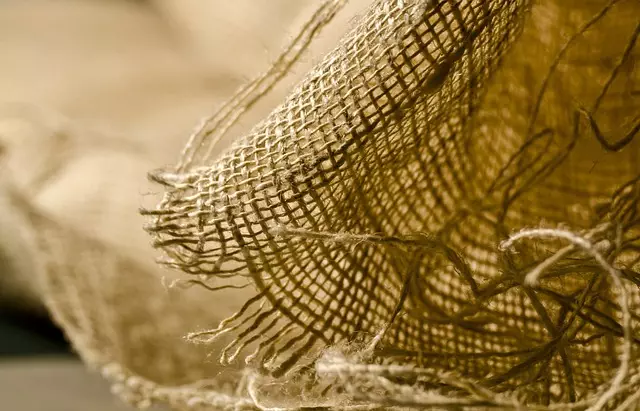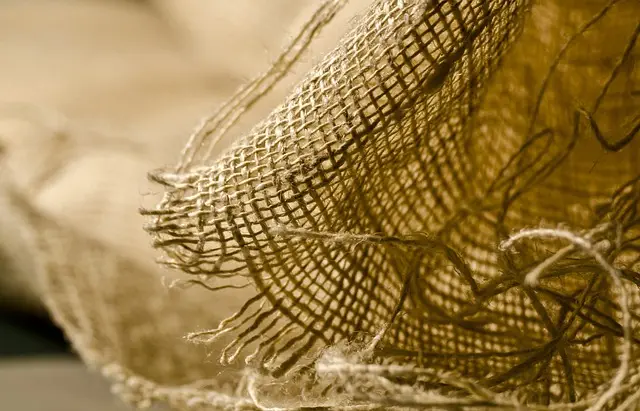Muscle soreness post-exercise, commonly known as DOMS, can be alleviated with natural remedies like kratom's crushed leaves, a Southeast Asian traditional pain management solution. The active compounds mitragynine and 7-hydroxymitragynine in kratom engage with opioid receptors to provide analgesic effects, potentially reducing muscle soreness by lessening the perception of pain. While kratom offers a natural alternative for managing discomfort, it's essential to consult medical professionals before use due to individual differences in response and varying legal statuses by region. Proper dosage tailored to personal needs, understanding the variable impact of kratom, and being aware of potential interactions with other medications are crucial for safe and effective relief. Regular use, as part of a consistent routine aligned with physical activities, can enhance its efficacy in managing muscle soreness. Always monitor your body's response and consult healthcare professionals to ensure safe integration of the crushed leaf into your wellness routine.
Muscle soreness can be a debilitating experience, often arising from intense physical activity or the natural aging process. Whether due to a grueling workout or daily exertion, finding relief is paramount for maintaining an active and healthy lifestyle. Enter kratom’s crushed leaf, a botanical substance that has garnered attention for its potential analgesic properties. This article delves into the science behind muscle soreness, explores kratom’s role in alleviating this discomfort, and provides practical advice on how to integrate kratom’s crushed leaf into your pain management routine safely and effectively. Join us as we navigate the intersection of natural remedies and musculoskeletal health.
- Understanding Muscle Soreness and Its Causes
- The Role of Kratom's Crushed Leaf in Alleviating Muscle Soreness
- Practical Tips for Incorporating Kratom's Crushed Leaf into Your Pain Management Routine
Understanding Muscle Soreness and Its Causes

Muscle soreness, often referred to as delayed-onset muscle soreness (DOMS), can occur after intense physical activity or exercise. This condition is characterized by pain and tenderness in the muscles that may set in within 24 to 72 hours post-exercise and can last for several days. The exact mechanisms behind muscle soreness are not entirely understood, but it is believed to be associated with microtrauma to the muscle fibers, inflammation, and biochemical changes resulting from eccentric contractions—when muscles lengthen while contracting. The process of exercise-induced muscle damage triggers an immune response that can lead to the characteristic pain and swelling.
In the context of seeking relief for muscle soreness, natural remedies such as the use of crushed kratom leaves have been explored by many. Kratom (Mitragyna speciosa) is an evergreen tree native to Southeast Asia, and its crushed leaves have been traditionally used in this region for pain management. The active compounds found in kratom, mitragynine and 7-hydroxymitragynine, are thought to interact with the body’s opioid receptors, providing analgesic effects. These alkaloids can help manage muscle soreness by reducing pain signals sent to the brain, thereby offering a natural alternative for those experiencing discomfort following intense physical exertion. It is important for individuals considering kratom as a remedy for muscle soreness to consult with healthcare professionals to ensure its safe and appropriate use within their wellness regimen.
The Role of Kratom's Crushed Leaf in Alleviating Muscle Soreness

Kratom, a tropical evergreen tree native to Southeast Asia, has been traditionally used for its medicinal properties, including pain relief. The crushed leaf of kratom contains alkaloids, such as mitragynine and 7-hydroxymitragynine, which are believed to interact with the body’s opioid receptors, thereby providing analgesic effects. When muscle soreness strikes, whether from intense physical activity or repetitive strain, the anti-inflammatory and painkilling potential of kratom’s crushed leaves can be beneficial. Users often report that consuming the crushed leaf helps in alleviating discomfort associated with muscle soreness, allowing for a more comfortable recovery period. The crushed leaf’s ability to modulate pain perception without the side effects commonly associated with prescription painkillers makes it an attractive option for those seeking natural alternatives for managing acute and chronic muscular pain. It is important for individuals to consult with healthcare professionals before incorporating kratom into their wellness regimen, as its effects can vary based on dosage and individual physiology. Additionally, the use of kratom is subject to legal regulations that differ by region, underscoring the need for due diligence and informed decision-making.
Practical Tips for Incorporating Kratom's Crushed Leaf into Your Pain Management Routine

When integrating kratom’s crushed leaf into your pain management routine for muscle soreness relief, it is important to approach its use with both caution and consideration for personal needs. Start by assessing the recommended dosage specific to your body weight and tolerance level, as this will vary from person to person. The crushed leaf can be administered in various forms, including capsules or directly as a tea; however, many users opt for the powdered form due to its fast-acting effects and ease of adjustment in dosage. To prepare the tea, gently boil water and steep the crushed leaves for an extended period to extract their full benefits. For a more immediate onset of relief, consider mixing the powder with a beverage like juice or water and consuming it directly. It’s advisable to experiment with smaller amounts first to gauge your response before increasing the dose gradually.
Consistency is key when using kratom for muscle soreness. Establish a routine that works for you, keeping in mind that timing and frequency can influence the effectiveness of the crushed leaf. Some individuals find relief by taking it before engaging in activities that may cause muscle strain, while others prefer to use it post-exercise or after prolonged periods of physical labor. Monitor your body’s reaction and adjust your routine accordingly. Additionally, be mindful of potential interactions with other medications you might be taking, and consult with a healthcare provider if you have any concerns or questions regarding the integration of kratom into your wellness regimen. Safety and personal comfort should always guide your use of kratom’s crushed leaf for muscle soreness relief.
Muscle soreness can be a significant hindrance to one’s routine, particularly for those who engage in physical activities or have chronic pain conditions. The article has explored the multifaceted nature of muscle soreness and its various causes, providing a comprehensive understanding of this common issue. We delved into the potential role of kratom’s crushed leaf as a natural approach to alleviate such discomfort, highlighting its traditional use and emerging research findings. By offering practical tips for integrating the crushed leaf into pain management routines, individuals may find an alternative method to cope with muscle soreness effectively. While further scientific exploration is warranted, the insights presented here underscore the importance of considering diverse, natural remedies as part of a holistic approach to health and well-being.






